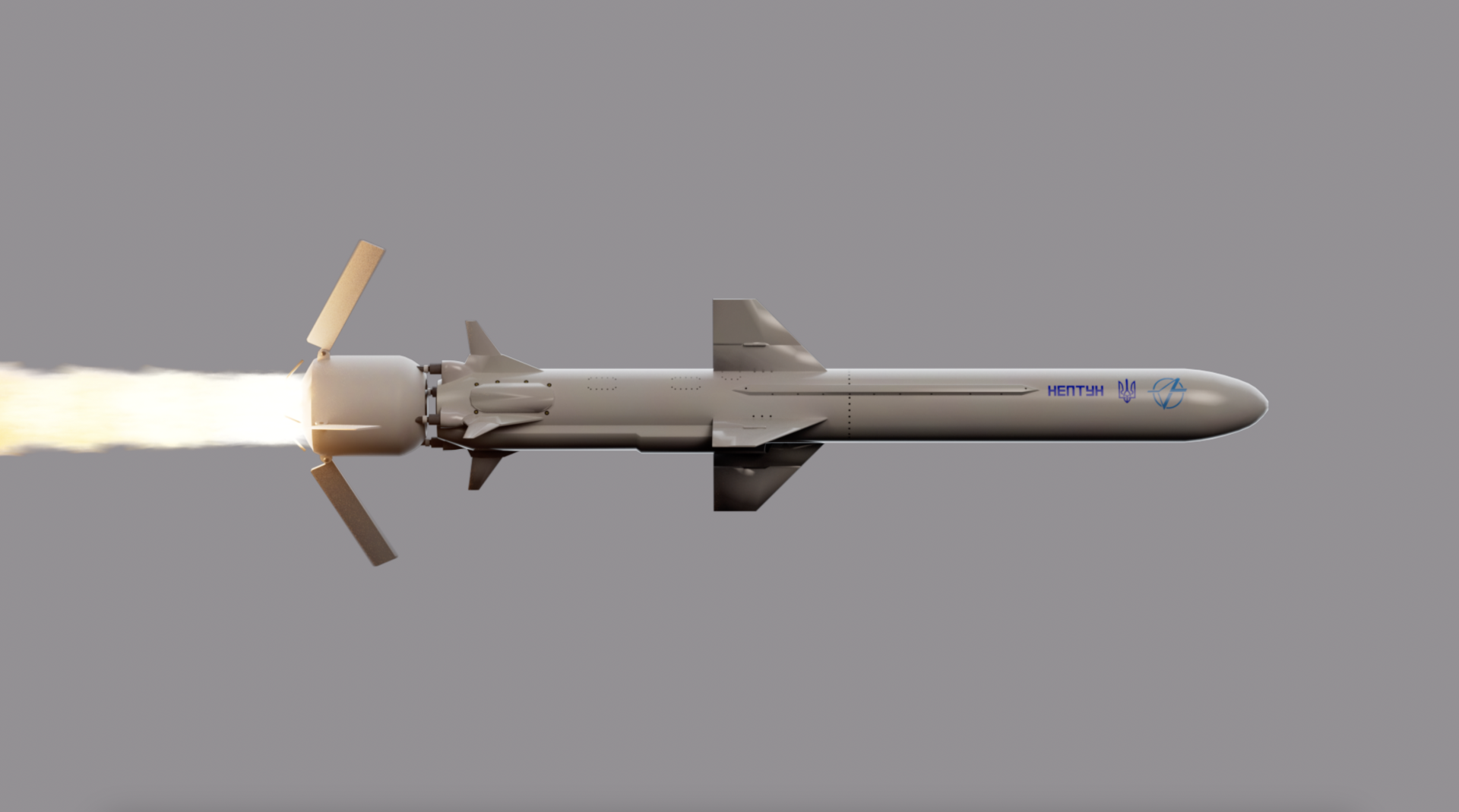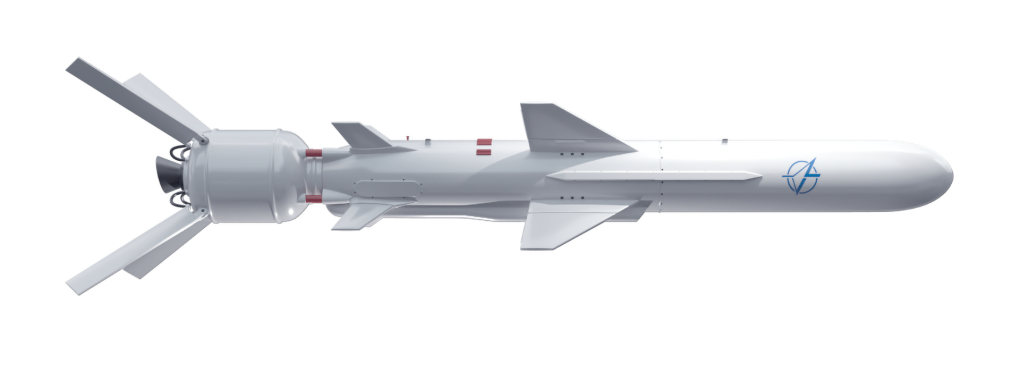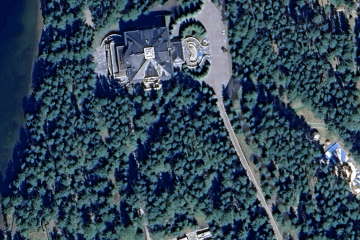- Category
- War in Ukraine
What You Need to Know About Ukraine’s Own Neptune Missiles, Used to Strike Inside Russia

Ukraine has its own anti-ship missiles and has been effectively using them since the beginning of the full-scale invasion. But what exactly can these they do?
On the morning of May 31, the General Staff of the Armed Forces of Ukraine reported a targeted strike on the Kavkaz oil terminal and ferry station in the Russian Federation's Krasnodar region. The terminal and ferry station were used for the movement of Russia’s military forces. Apart from confirming that a special operation was conducted, the General Staff of Ukraine also reported what they used for it—the Neptune missile.
This Ukrainian anti-ship missile has significantly evolved over the past two years and has been used for a range of operations. Notably, a Neptune missile managed to sink the flagship of the Russian Black Sea Fleet—the cruiser Moskva, valued at $750 million.
The operation in the Krasnodar region demonstrated that the Ukrainian-made missiles can now strike land targets, have a significantly greater range, and have an improved navigation system.
Technical characteristics:
Neptune was initially created as an anti-ship missile with a ground-based launcher. Ukraine did not have a large navy fleet even before the annexation of Crimea in 2014, so defense needed to be planned to operate from a ground-based mobile platform.
Range: Up to 280 km. This technical specification on paper corresponds to the actual working range, confirmed by tests in 2018.
Speed: Subsonic, 900 km/h.
Warhead: 150 kg.
Total weight: 870 kg.
The ground-based mobile platform is one of three possible methods to launch these missiles. The other two methods include launch from maritime platforms (missile boats or corvettes) and from aircraft.
Land targets and the long-range Neptune:
Neptune missiles first demonstrated their capabilities in early April 2022. At that time, Neptune shore complexes struck the Black Sea Fleet frigate "Admiral Essen." Although the ship was not sunk, it was damaged and required long-term repairs. For Russia, such a strike was so unexpected that they reduced the activity of their fleet in the Black Sea and even shot down their own fighter jet, mistaking it for an enemy target.
The next use of the Neptune missile was a true success: the cruiser “Moskva”—the flagship of the Russian fleet in the Black Sea—was sunk. A well-planned operation allowed the destruction of a ship with many means of protecting itself from such strikes.
After this incident, Russia began hiding its ships in Crimea, making it impossible to use Neptune against them from shore complexes—because the distance was too great. This forced Ukrainian engineers to start modernizing the missile.

Today, Neptune is not just an anti-ship missile. The strike on the Kavkaz oil terminal in the Krasnodar region demonstrated the possibility of using the missile against land targets.
Here are some of the improvements:
Increased range: At least 400 km, meaning the missile can now fly 30% further.
Improved navigation systems: The missile flew to the Kavkaz terminal at least part of the distance over land, along a complex trajectory that required an advanced guidance system.
Increased warhead weight: According to unconfirmed information, the warhead weight could have been increased to 350 kg.
Creating such a long-range Neptune missile will allow Ukraine to bring the entire territory of Crimea, as well as front-line zones, under fire control.
The key challenge for Ukraine is to establish serial production of these missiles. In 2024, Ukraine is making a large state order for domestically produced weapons, and experts speculate that part of these funds will be directed specifically towards the production of Neptune missile stockpiles. Long-term large contracts allow manufacturers to invest in scaling up.
It is worth noting that long-range Neptune missiles, capable of striking land targets, could complement weapons from partners—Storm Shadow/SCALP, as well as ATACMS missiles. This will increase the variety of weapons Ukraine can use to protect and de-occupy its territories.
$40 million development cost
Work on the Neptune missile began in 2010, initiated by the Luch Design Bureau. The work was slow until 2014 when the annexation of Crimea occurred, and Russia occupied parts of the Donetsk and Luhansk regions. From 2015, work on a domestic anti-ship missile accelerated, and the missile was in service in 2020.
According to open sources, developing the missile and bringing it to the testing stage from the state customer cost about $40 million. The cost of one missile is not reported, but in any case, they are doing their job, destroying enemy equipment and infrastructure worth hundreds of millions of dollars.
-29a1a43aba23f9bb779a1ac8b98d2121.jpeg)

-f88628fa403b11af0b72ec7b062ce954.jpeg)
-b63fc610dd4af1b737643522d6baf184.jpg)



-24deccd511006ba79cfc4d798c6c2ef5.jpeg)